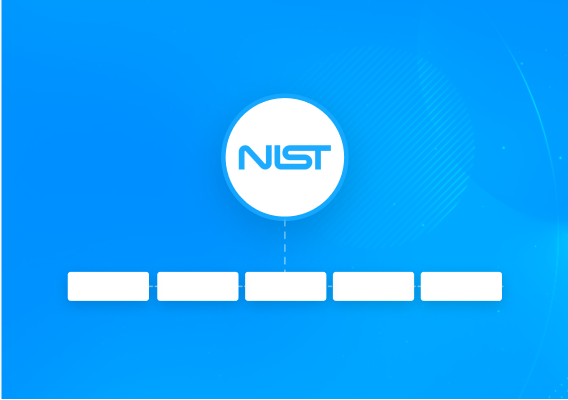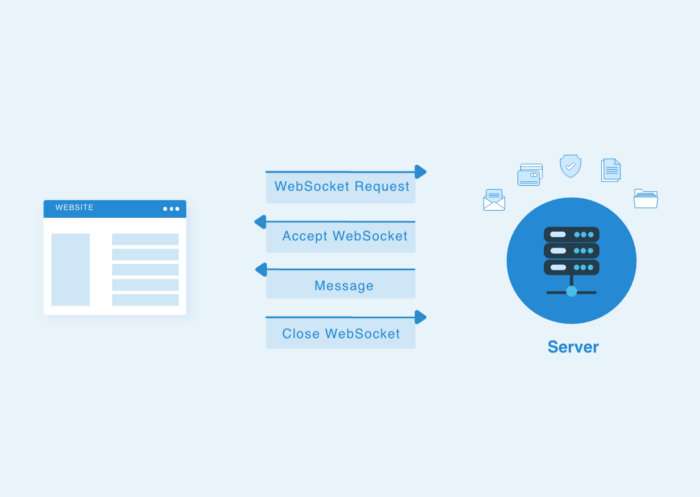
In an increasingly interconnected and digitized world, the security and resilience of our infrastructure have become critical concerns. Cyberattacks and data breaches pose significant risks to both private companies and government entities, potentially causing devastating consequences on a national and global scale. To counter these threats, the National Institute of Standards and Technology (NIST) has developed Special Publication 800-171 (SP 800-171) guidelines, which provide a comprehensive framework for enhancing the cybersecurity posture of organizations. This article delves into the significance of building a resilient infrastructure using the NIST SP 800-171 guidelines.
Understanding NIST SP 800-171
NIST SP 800-171 is a set of guidelines issued by the NIST to help organizations safeguard Controlled Unclassified Information (CUI) residing in non-federal systems and organizations. These guidelines are designed to enhance the security and resilience of sensitive information that, if accessed without authorization, could pose a risk to national security. The framework primarily targets entities dealing with the United States government or those that handle sensitive information on behalf of federal agencies.
The Importance of Resilient Infrastructure
Before delving into the specific guidelines of NIST SP 800-171, it is essential to grasp the significance of building a resilient infrastructure. Resilience refers to an organization's ability to withstand and recover from adverse events, whether they be cyberattacks, natural disasters, or other disruptions. A resilient infrastructure is capable of adapting and responding effectively, ensuring minimal downtime, data loss, and financial impact.
By adhering to NIST SP 800-171 guidelines, organizations can create robust security measures that mitigate potential risks and strengthen their overall resilience. Such an approach not only protects sensitive information but also ensures business continuity, customer trust, and overall growth in the face of ever-evolving cyber threats.
Key Components of NIST SP 800-171
Access Control (AC): Access control is about managing who has access to what information within an organization. NIST SP 800-171 outlines guidelines for implementing proper access controls, including multi-factor authentication, role-based access, and limiting privileges to necessary personnel.
Awareness and Training (AT): Human error is a common factor in security breaches. This component emphasizes the importance of educating employees about security best practices, identifying potential threats, and reporting incidents promptly.
Audit and Accountability (AU): Organizations must establish proper audit and monitoring mechanisms to track system activities, detect anomalies, and identify potential security breaches. The guidelines encourage the use of logging and auditing tools to maintain an effective security posture.
Configuration Management (CM): Configuration management focuses on establishing and maintaining a baseline of securely configured systems. By adhering to these guidelines, organizations can minimize vulnerabilities resulting from poor system configurations.
Identification and Authentication (IA): Strong user identification and authentication processes are vital to prevent unauthorized access. NIST SP 800-171 emphasizes the use of complex passwords, multi-factor authentication, and account lockouts to protect sensitive data.
Incident Response (IR): Incident response plans are critical for identifying, mitigating, and recovering from security incidents. The guidelines provide a structured approach to handle cybersecurity incidents efficiently.
Maintenance (MA): The MA component focuses on ensuring that systems and software are updated, patched, and maintained regularly. Timely maintenance is essential to address newly discovered vulnerabilities.
Media Protection (MP): This component deals with the protection of physical and digital media containing sensitive information. Guidelines include secure disposal and encryption practices to prevent data leakage.
Personnel Security (PS): Employees play a crucial role in maintaining security. The PS guidelines cover pre-employment screening, ongoing security awareness training, and termination protocols to reduce insider threats.
Physical Protection (PE): Protecting physical assets, such as servers and data centers, is equally important. NIST SP 800-171 provides guidelines for controlling physical access and safeguarding sensitive information.
Risk Assessment (RA): Conducting regular risk assessments is essential for identifying potential vulnerabilities and establishing appropriate mitigation strategies. NIST SP 800-171 offers a risk assessment framework to help organizations assess their security posture.
Security Assessment (CA): Security assessments ensure that implemented security controls are effective. Regular assessments can identify shortcomings and guide improvements.
System and Communications Protection (SC): Protecting information during transmission and while at rest is essential. This component focuses on encryption, firewalls, and network segregation to safeguard sensitive data.
System and Information Integrity (SI): Maintaining the integrity of systems and information ensures that data remains accurate and unaltered. NIST SP 800-171 guidelines cover intrusion detection, malware protection, and software integrity mechanisms.
Implementing NIST SP 800-171 Guidelines
While the NIST SP 800-171 guidelines provide a comprehensive framework, implementation requires dedication, resources, and a company-wide commitment to cybersecurity. Here are some essential steps to effectively implement these guidelines:
Commitment from Leadership: A strong commitment from the top leadership is crucial for successful implementation. Leaders must prioritize cybersecurity and allocate resources accordingly.
Assessment of Current Practices: Conduct an in-depth assessment of existing cybersecurity practices to identify gaps and areas that need improvement.
Creating an Implementation Plan: Develop a detailed roadmap for implementing NIST SP 800-171 guidelines. Prioritize critical areas and allocate resources and timelines accordingly.
Employee Training: Educate all employees about the importance of adhering to cybersecurity best practices and the specific guidelines outlined in NIST SP 800-171.
Regular Assessments and Audits: Conduct regular security assessments and audits to measure the effectiveness of implemented controls and identify potential vulnerabilities.
Continuous Improvement: Cybersecurity threats evolve rapidly, making continuous improvement essential. Stay informed about the latest security trends and update security measures accordingly.
Collaboration and Sharing: Engage with other organizations and share best practices to collectively improve overall cybersecurity resilience.
Conclusion
Building a resilient infrastructure is imperative in today's cybersecurity landscape, where threats are constantly evolving and becoming more sophisticated. The NIST SP 800-171 guidelines provide a robust framework for organizations to protect sensitive information and enhance their overall security posture. By implementing these guidelines, organizations can strengthen their resilience against cyber threats, ensure business continuity, and safeguard their reputation and stakeholders' trust. Remember, cybersecurity is a shared responsibility, and the collective effort of organizations can lead to a safer and more secure digital environment for all.





